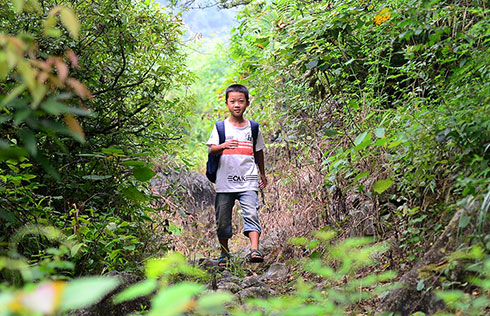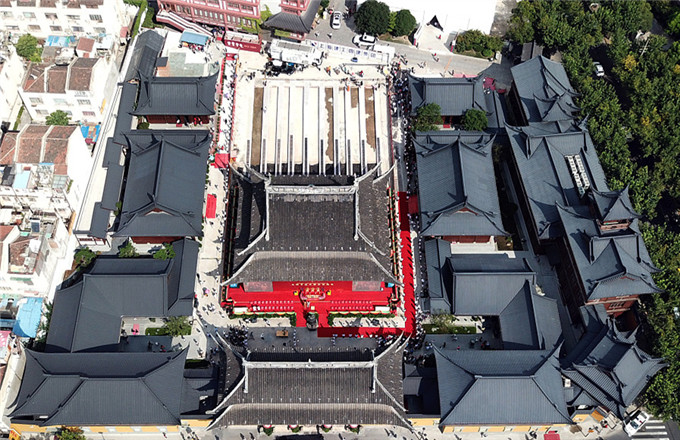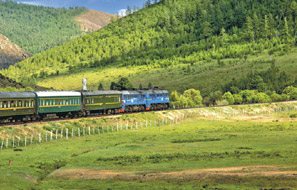Air Force set on long-range mission
New commander pledges more exercises with foreign militaries
The Chinese Air Force will continue to transform from a territorial air defense unit into an extended arm capable of protecting national interests wherever they exist, according to its new commander.
Lieutenant General Ding Laihang said that as China becomes stronger and security challenges continue to emerge, the military is striving to ensure it can safeguard national interests anywhere in the world.
"In the past, our strategies and guidelines focused on territorial air defense. Now we have been shifting our attention to honing our ability in terms of long-range strategic projection and long-range strike," he told China National Radio for an article published on Sunday.
"A strategic force must go out," he said. "We will continue to carry out long-distance training over oceans."
Ding's predecessor, General Ma Xiaotian, who stepped down in late August, had earlier said the Air Force "cannot simply guard on land and not fly out" in response to questions on Japan's concerns about the People's Liberation Army's "increasing activities" over the Sea of Japan.
Ma said it is normal for the PLA Air Force to conduct training exercises over the sea, adding that "the Sea of Japan is not Japan's sea".
Not long after Ma's comments, six Chinese H-6K bombers flew through the Miyako Strait between the islands of Okinawa and Miyako in the East China Sea and approached the Kii Peninsula. This was the first time the PLA Air Force had flown that route, Japanese media reported.
In Sunday's article, Ding pledged that the Air Force will intensify its realistic aerial combat drills and continue to carry out exercises with foreign militaries.
Wang Yanan, editor of Aerospace Knowledge magazine, said the Air Force will have two priorities as it moves toward becoming a capable strategic force.
"First, as a lot of new aircraft have been delivered, it must figure out how to make these new planes combat-ready as soon as possible and how to maintain them, as they are different from the old types," he said.
"For instance, the Air Force now has Y-20 heavy-lift transport jets, but it needs to design methods and gain experience when it comes to airdropping armored vehicles," he said. "Owning advanced weapons doesn't equate to being able to use them well."
The second priority is that the Air Force must improve its capabilities in coordinating different types of aircraft and air defense missiles in an operation, and also nurture joint operation capabilities with other services, like the PLA Navy and Rocket Force, Wang added.
Citing the new-generation strategic bomber that is under development, Wang suggested the Air Force start studying the plane's usage in future warfare and work closely with designers to make sure the engine and flight-control system are good and reliable.


























